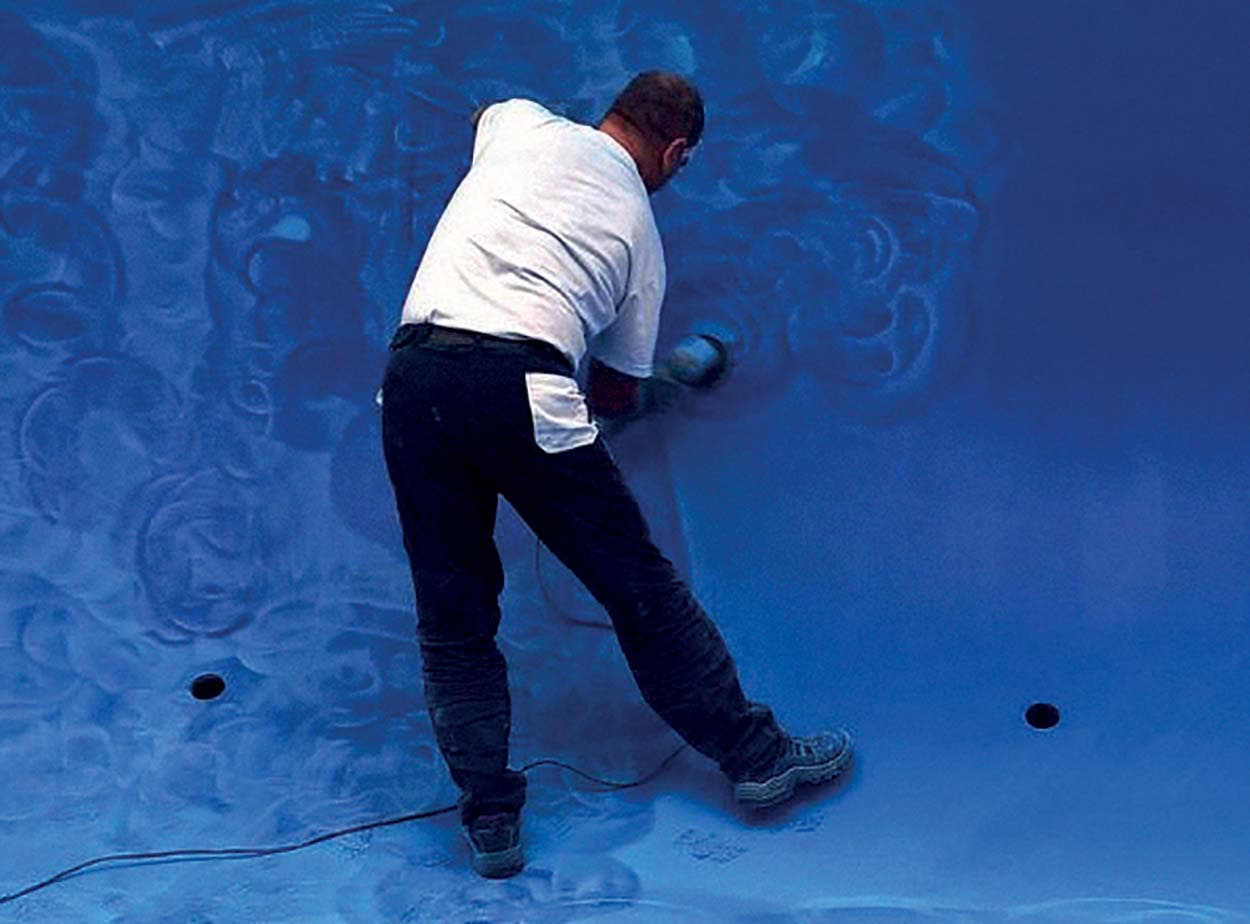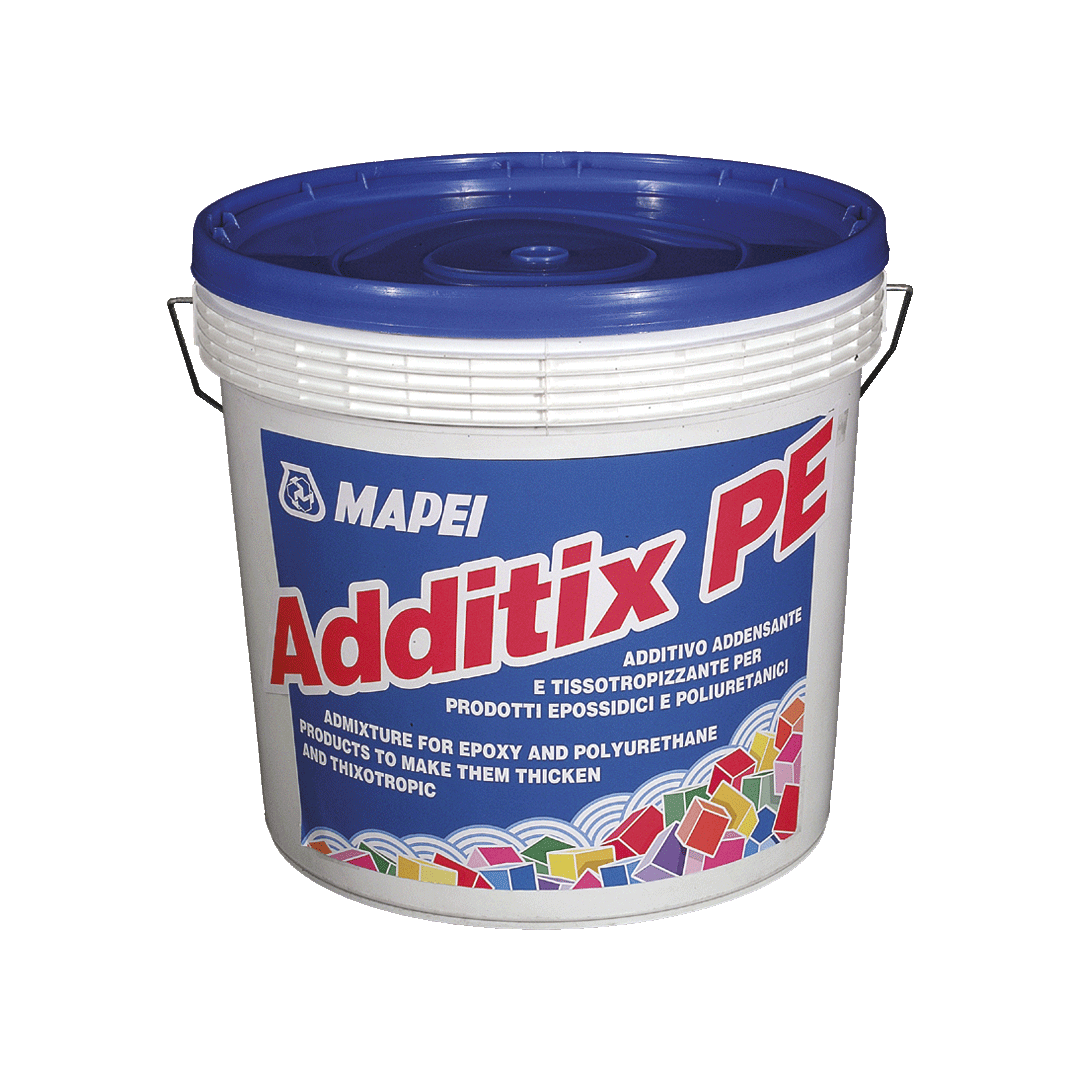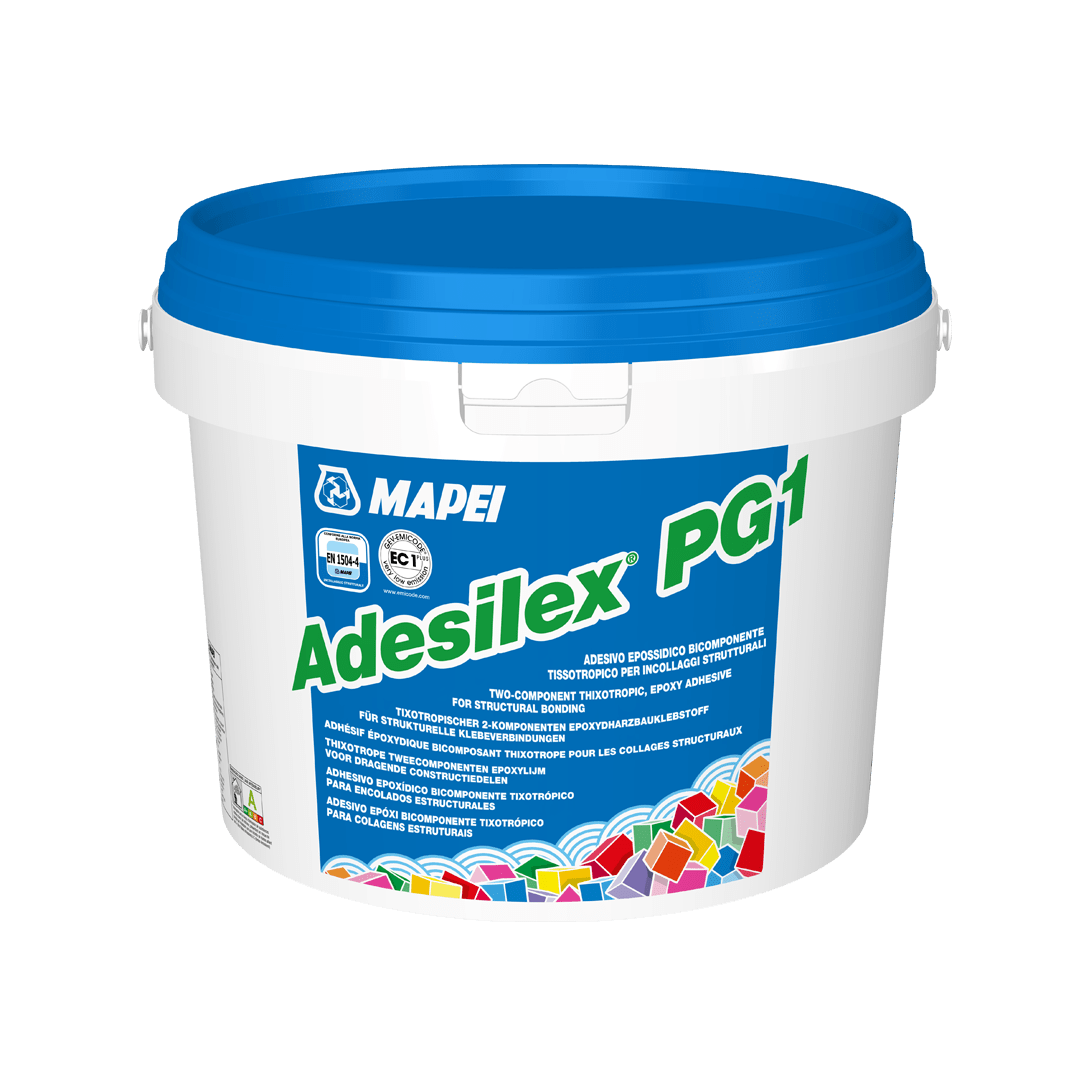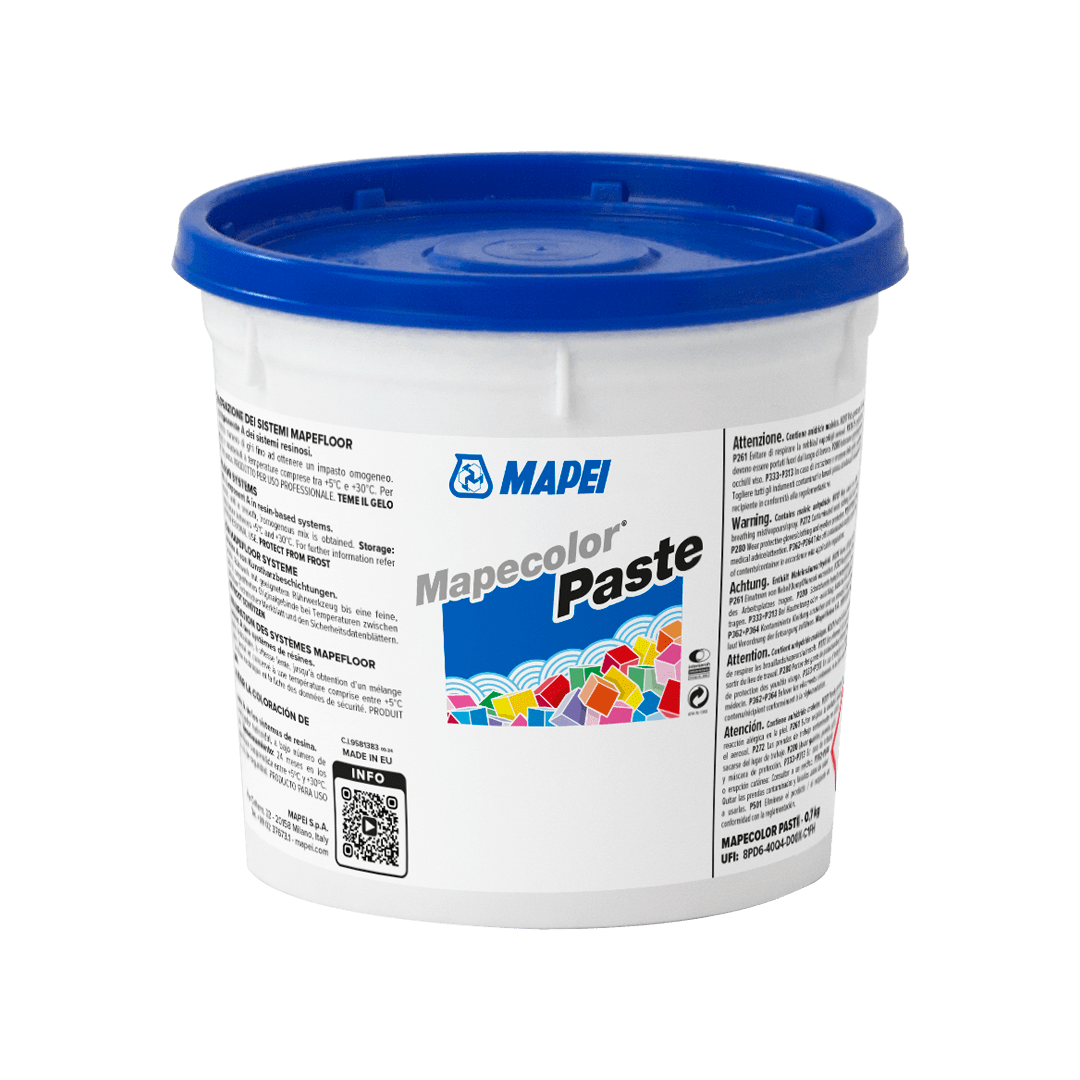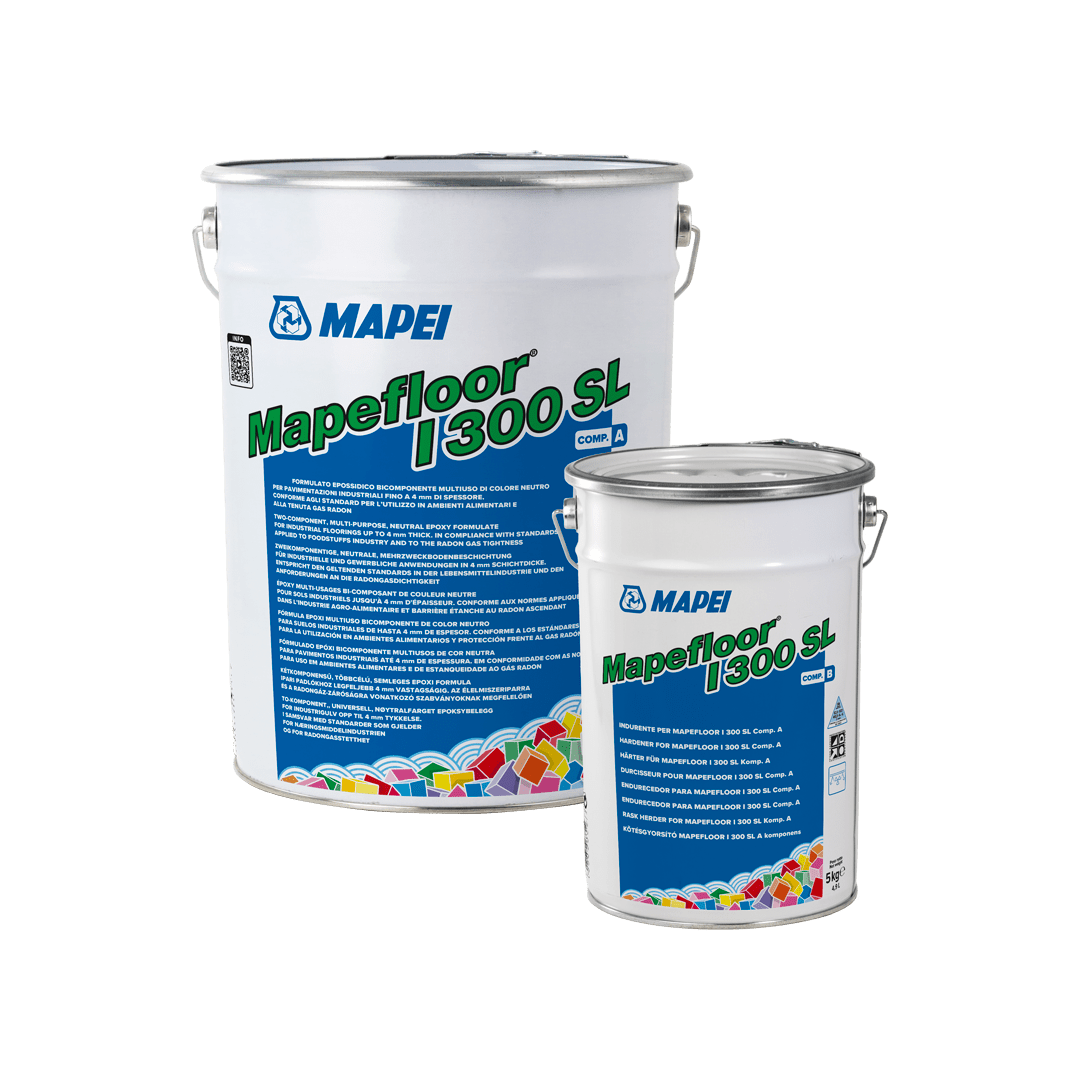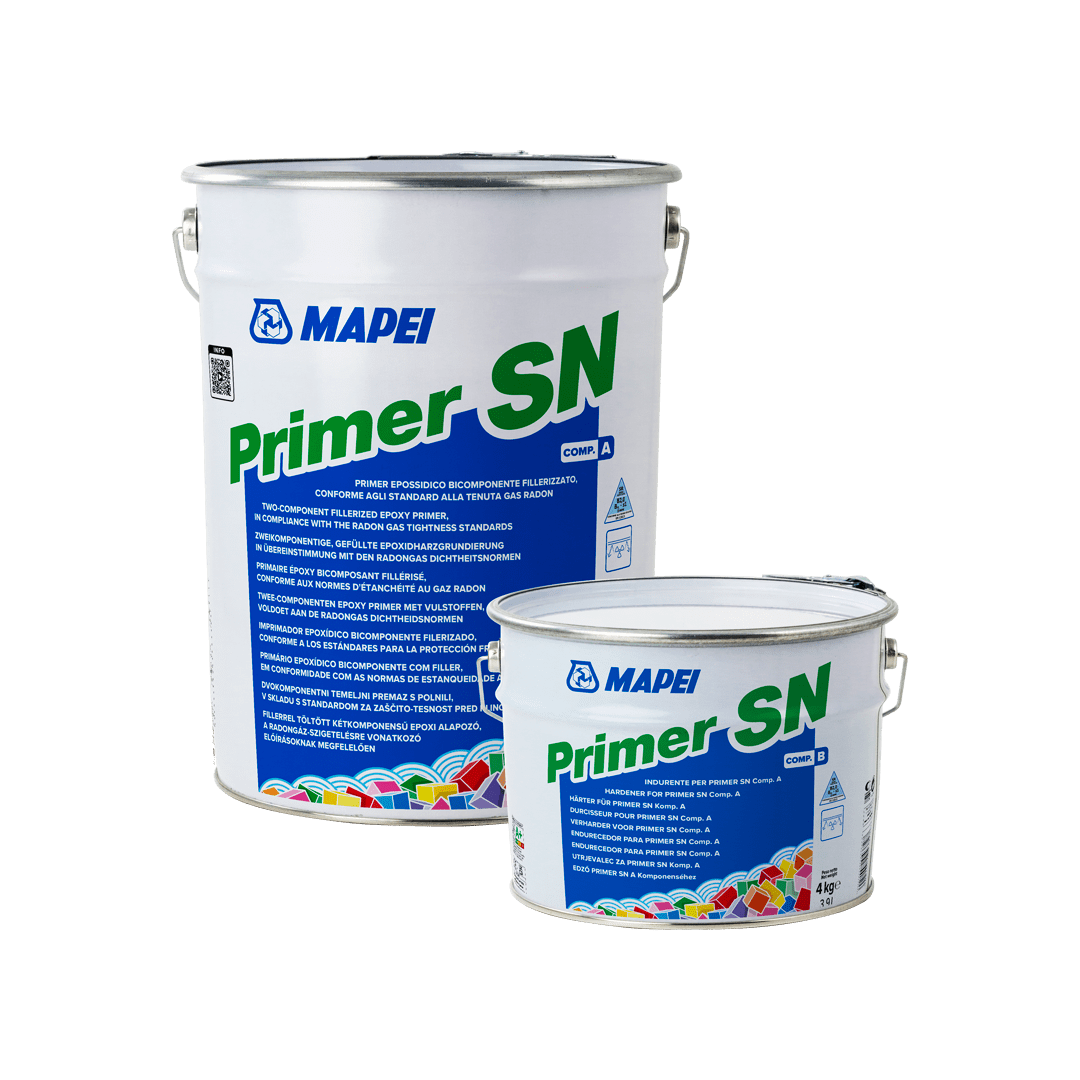
Serbian Pavilion at the 2016 Venice Biennale
Intense blue and a steep, curved surface: the challenge facing three young Serbian architects.
The Venice International Architecture Exhibition: the 15th edition of this important event was held from the 28th of May to the 27th of November 2016, with 88 participants from 37 different countries. The theme chosen by the director of the exhibition, Alejandro Aravena, was “Reporting from the front” and the aim was to show visitors what it means to improve the quality of life while working at the limit, in difficult conditions and facing impelling challenges. Or what it takes to be on the front line trying to conquer new territories, in a difficult time such as ours. After a lengthy selection process promoted by the Republic of Serbia Ministry of Culture and Information, the project chosen to represent the country from amongst the other 35 entrants at the Architecture Biennale was the one developed by three young architects: Ana Šulkić, Stefan Vasić and Igor Sjeverac. Mapei products and systems were chosen for the resin coating.
The Venice International Architecture Exhibition has been held every two years since 1980 in the 29 pavilions standing in the “Giardini”, the Gardens, the Arsenal and in the ancient centre of the city. The 15th edition of this important event was held from the 28th of May to the 27th of November 2016, with 88 participants from 37 different countries.
The theme chosen by the director of the exhibition, Alejandro Aravena, was “Reporting from the front” and the aim was to show visitors what it means to improve the quality of life while working at the limit, in difficult conditions and facing impelling challenges. Or what it takes to be on the front line trying to conquer new territories, in a difficult time such as ours.
After a lengthy selection process promoted by the Republic of Serbia Ministry of Culture and Information, the project chosen to represent the country from amongst the other 35 entrants at the Architecture Biennale was the one developed by three young architects: Ana Šulkić, Stefan Vasić and Igor Sjeverac. Entitled “Heroic: Free Shipping”, it was a reflection on the plight of young architects trying to enter their particular sector of work.
CREATING AN ARTISTIC INSTALLATION
The Serbian pavilion was in the same building that also housed exhibits from Poland, Egypt and Romania.
As soon as visitors entered, they were welcomed by a reconstruction of the inside of the hull of a ship: the bright, electric blue floor was curved and divided along the centre and lit up by natural light flooding in from a large, glass skylight.
According to the authors, the installation, with its blue ramps and white walls, is a metaphor of the living and working conditions in which the young architects find themselves on a daily basis: between dreams and reality, reason and emotion, realism and hope.
The installation was created by dressing a curved, wooden frame with OSB (Oriented Strand Board) panels, that is, panels made from layers of wood chips pressed and held together by a binder.
The surfaces of the installation were painted in a bright colour with a shiny finish, as if to resemble metal, so that it completely covered all the gaps and imperfections in the panels.
These requirements presented quite a challenge for the installation team, which wanted to work with products that guaranteed a high quality colour finish with a shiny, non-slip coat, but which also had a high level of resistance to abrasion in order to withstand the intense foot traffic it was exposed to every day.
Mapei products and systems were chosen for the resin coating.
Before starting the intervention, the recommended products had been successfully tested on a small area of the floor, demonstrating their excellent adhesion properties, strength and beauty.
The first step was to carefully sand the entire surface to make it even and smooth. After vacuuming off all the dust and cleaning the substrate, all the cracks and joints were grouted with ADESILEX PG1 epoxy adhesive with a thixotropic consistency.
To ensure the resin coating formed a durable bond with the wooden substrate, a metal trowel was used to apply a coat of PRIMER SN, two-component epoxy primer, fillerized with QUARTZ 0.25 to act as adhesion primer.
In order to apply resin coating on steeply sloping or vertical surfaces, as in this case, Mapei Technical Services recommended mixing the primer with the thickening and thixotropic agent ADDITIX PE.
This product is a very light powder made from synthetic fibres and is used to increase the viscosity and thixotropy of epoxy-based and polyurethane-based resin products. The following day, the excess quartz sand was vacuumed off, the surface was sanded and all traces of dust and debris were also vacuumed off. Once this phase had been completed, the next step of the intervention was to use a metal trowel to apply MAPEFLOOR I 300 SL, a two-component, neutral-coloured epoxy formulate for industrial floors. In this case, too, the MAPEFLOOR I 300 SL was admixed with ADDITIX PE powder, as well as coloured with MAPECOLOR PASTE colouring paste (RAL 5002).
The surface was broadcast again; after the hardening of the resin all the dust was removed and, using a trowel as previously, a second coat of MAPEFLOOR I 300 SL coloured with MAPECOLOR PASTE was applied. This time, however, to give the surface a non-slip finish, apart from the ADDITIX PE thickening agent, the MAPEFLOOR I 300 SL was also mixed with MAPEFLOOR FILLER, a special, ultra-fine filler with very high resistance to wear with the capacity to form a non-slip finish.
The intervention in the Serbian Pavilion was a challenge for both the architects, who managed to create their installation just as they had imagined, as well as for the installation company, which was able to successfully meet all the requirements of the designers.
A result that was made possible thanks also to the excellent performance characteristics guaranteed by the Mapei products used.





